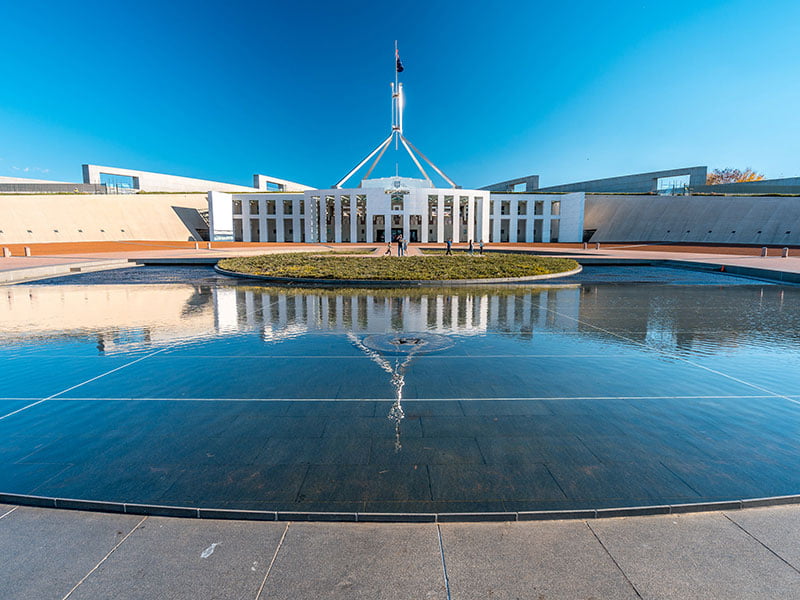The R&D tax incentive is now too costly and carries too much risk for a growing number of businesses, according to the chief technologist of a clinical trial software firm that has stopped using the program.
Software claims under the research and development tax incentive (RDTI) have become increasingly contentious in recent years, with several companies noting changing interpretations of definitions in the laws and damaging audits conducted by the Australian Taxation Office.
There are also concerns that planned changes to the scheme, amounting to a $1.8 billion cut, could further hurt companies looking to conduct R&D in Australia. A Senate committee inquiring into this legislation is set to report back by the end of the week.

Even before these potential changes, the RDTI is often too risky and difficult for many companies to access, according to Evado chief technologist Ross Anderson.
Evado is a Melbourne-based tech company that sells software for clinical trials to life science companies, universities and government organisations. The company currently has two Australian patents and one US patent for software architecture and had previously accessed the R&D tax incentive for its research work on new software architectures and information technologies.
But the company stopped accessing the RDTI in recent years after deciding it was too risky and onerous. This has led to some job losses and Evado losing some of its competitive edge, Mr Anderson said.
“We don’t do as much R&D now. We have to use internal resources, and where before it gave us funding to bring on technical matter experts and people from universities to help do some research, now that’s gone by the wayside,” Mr Anderson told InnovationAus. “Our ability to remain cutting-edge and to engage with universities, we’ve basically had to drop that.”
“Over the last three years we have been losing our competitive edge because we can’t afford to take government money to assist in maintaining that competitive edge because the downside risk of it is just too big,” he said.
“Software technology has terrific upside benefits for companies and the country, but it does not seem to be where the government wants to put its money.”
The issue lies in the definition of research included in the RDTI legislation, which is based on the Frascati Manual, and the dangers of an audit conducted by tax officials with little knowledge of technology, Mr Anderson said.
He said new interpretations of the laws meant that any R&D being conducted had to be globally unique, putting many companies in a difficult position.
“Effectively the test became stricter – it had to be globally unique. As soon as we realised we had to be able to demonstrate you had a globally unique project for the premise you’re working on, that became too high a test, especially when the taxation department were then arguing they could claw back anything from up to three years ago,” he said.
“Your entire business and financial situation could be entirely different by then, and to pay hundreds of thousands of dollars back could put the company out of business. With the history of it being luck of the draw in who you get as an auditor, this just becomes ridiculous.”
The government has recently flagged its intention to consider removing all references to the Frascati Manual in defining what an eligible software claim is in order to “avoid confusion”.
In its response to the Small Business Ombudsman’s report on the RDTI, the government said it would look to use more contemporary examples of eligible claims instead.
Compliance audits over the RDTI have significantly increased in recent years. In 2018-19 about $200 million was clawed back from companies that had accessed the RDTI as a result of more than 13,000 checks. This was up from $115 million in 2016-17 from nearly half as many audits.
Mr Anderson said that AusIndustry should be tasked with conducting all assessments of whether a claim is eligible for the RDTI.
“Let them make the decision of whether it should or shouldn’t be in, not the bean counters of the ATO, who might know the tax laws but nothing about the industry,” he said.
Australian companies also shouldn’t have to prove that the R&D they are conducting is globally unique in order to access the scheme, he said.
“Because so much is happening in so many places simultaneously, the demonstration of something that is unique should be acceptable for it to be unique within the business. It is doing something which is producing a new product or service, preferably something that demonstrates that this research is going to improve the competitive edge of the business,” Mr Anderson said.
“The ability to patent software is limited these days because of the number of questions raised as to whether certain things are applicable.”
A number of other high-profile companies have also raised concerns with the current RDTI scheme and the proposed changes. MedTech giant ResMed recently told the senate committee that the prospective changes would act as a “disincentive for investment in Australia”, and the company may be forced to consider other countries for further R&D.
Do you know more? Contact James Riley via Email.


Agree – we have also stopped participating in this scheme. An audit from the tax office took up a huge amount of time and effort and basically froze further employment and investment decisions while we waited for a year for the outcome of the audit. An ATO person somehow decides what is research and what is business as usual, having never worked in the technology space themselves. In time we will recruit more people overseas than in Australia as a result of this government policy. They really don’t get the value of the technology sector.